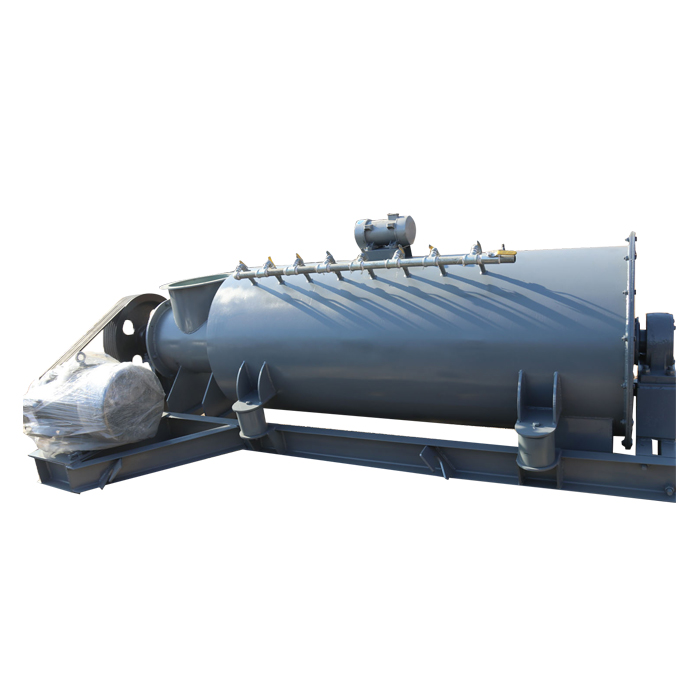It was learned from China Chlor-Alkali Industry Association that for this year's environmental protection requirements for mercury reduction and mercury bans in China, the Association will promote mercury prevention and control work through publicity and guidance, strengthen services, accelerate the promotion of low-mercury catalysts and the development of mercury-free catalysts, and strive to develop calcium carbide. Polyvinyl chloride enterprises use less than 50% of the mercury catalysts. With the prevention and control of heavy metal pollution becoming a hot issue in the society, the low-mercury production of PVC production has also received a lot of attention. At the third meeting of the leading group and expert group of mercury pollution prevention and control of polyvinyl chloride industry on February 24, Wu Wenchao, Director of the Department of Pollution Prevention and Control of the Ministry of Environmental Protection pointed out that the prevention and control of heavy metal pollution is the work of the Ministry of Environmental Protection during the 12th Five-Year Plan. In the key areas, the promotion of the application of low-calcium catalysts is the only way for sustainable development of PVC industry in the calcium carbide process. Zhang Wenlei, secretary-general of the China Chlor-Alkali Industry Association, said that currently the promotion of calcium carbide-based low-mercury PVC catalysts has made new progress. There are nearly 40 companies that use low-mercury catalysts, and all companies that use low-mercury catalysts are gradually increasing. However, a considerable number of companies do not have sufficient awareness of mercury pollution control work and do not have a sense of urgency. They cannot insist on the use of low-mercury catalysts when they encounter technical or operational problems. Some companies use the low-mercury catalyst in the process for a variety of reasons, the use of the effect is not ideal, they lose confidence in the low-mercury catalyst. At the same time, due to insufficient supervision, most of the newly expanded calcium carbide process PVC plants in 2011 did not use all the low-mercury catalysts. In addition, poor quality low-mercury catalysts that did not meet the standards impacted the market, and the qualified product suppliers and supply capacity were insufficient. Restricted the rapid promotion of low mercury catalysts. Zhou Zhuye, vice president of China Petroleum and Chemical Industry Federation, pointed out that under the general trend of global mercury reduction, banned mercury, and Chinese government's efforts to increase prevention and control of heavy metal pollution, accelerating the promotion of mercury reduction technology is related to the survival of calcium carbide companies. The major events in the industry must enhance the sense of urgency of all companies in the industry, and must put an end to the use of low-mercury catalysts for various reasons such as higher production costs and immature technology. Industry organizations should strengthen the application of low-mercury catalyst technology services to enterprises and establish a model for the successful use of low-mercury catalysts. Research institutes and key enterprises should speed up the development of mercury-free catalyst technology. Zhang Wenlei told reporters that this year the chlor-alkali association will focus on accelerating the promotion of low-mercury catalysts and the research and development of mercury-free catalysts, and do a good job of mercury pollution prevention and control, striving to make the use of low mercury catalysts exceed 3,000 tons. At the same time, efforts will be made to standardize the production of low-mercury catalysts, increase the supply capacity and suppliers, strengthen the supervision of product quality, promote the rationalization and standardization of the recycling of waste mercury catalysts, and establish and improve a statistical system for the prevention and control of mercury pollution, and strengthen the mercury Pollution prevention services and guidance.
Dust humidifier mixers are used for humidifying, stirring and mixing of solid-containing materials from chemicals, mines, power plants and metal mills. By controlling the amount of added water it gets appropriate humidity. Two sets of spiral blades are used for stirring. The blades are of high effieciency and small footprint. The biaxial agitator adopts a cycloidal pin wheel speed reducer to transmit, with stable rotation and low noise. The joints have tight sealing. Water spray system supplys uniform water spray and can be adjustable to meet the needs. The hand-pumped oil pumps centrally supply four transmission bearing lubricating greases to facilitate the operation and maintenance of the machine
Dust Mix,Dust Humidifier,Humidifier Mixing Machine,Humidifier For Dust Control Botou Ever Lucky Environmental Protection Machinery Co., LTD , https://www.dustcontrolling.com